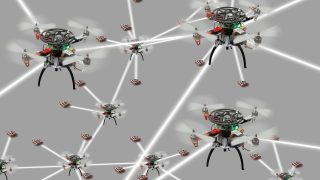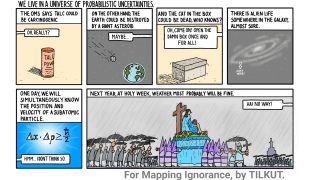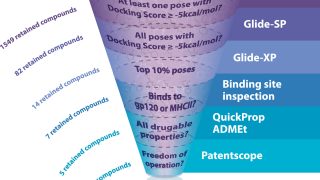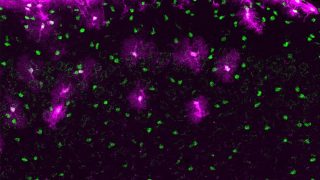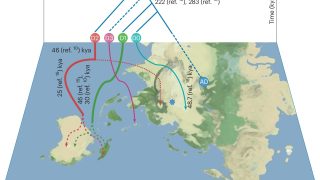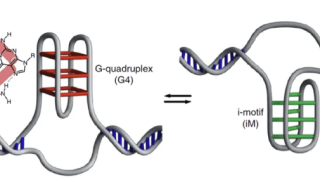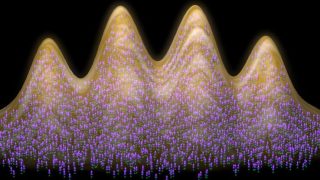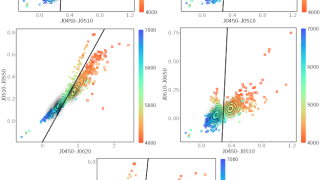
I hate that I love you: The neuroscience of heartbreak
Odi et amo. I hate and I love. Maybe you’re wondering why I do that. I do not know. But I feel it happening, and I suffer. So Catullus, famous ancient Roman poet, described the painful and puzzling feeling of love’s contradiction. And if you have ever experienced heartbreak, it’s very likely that you understand […]
